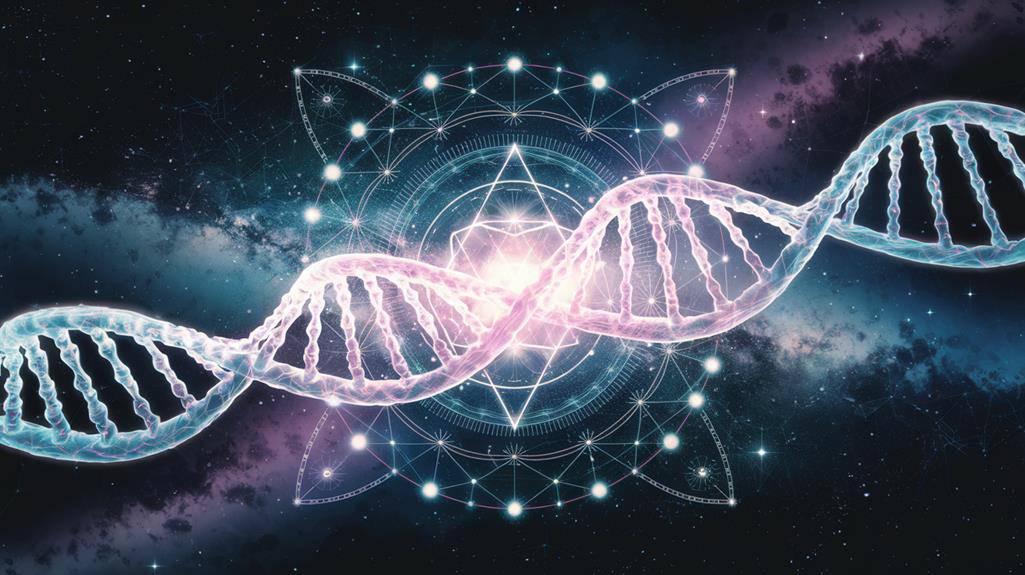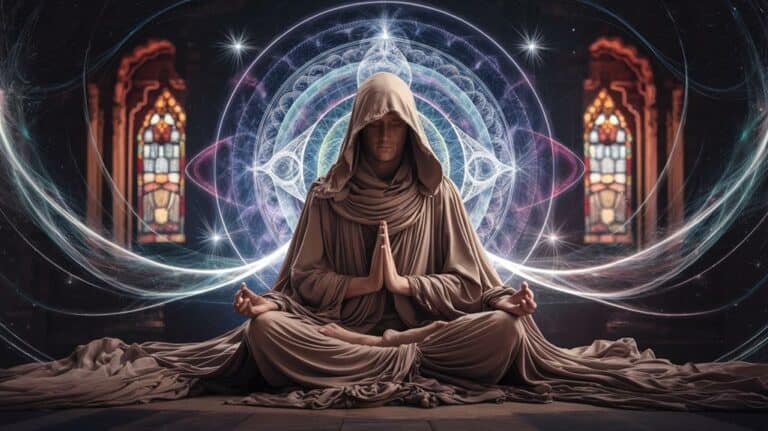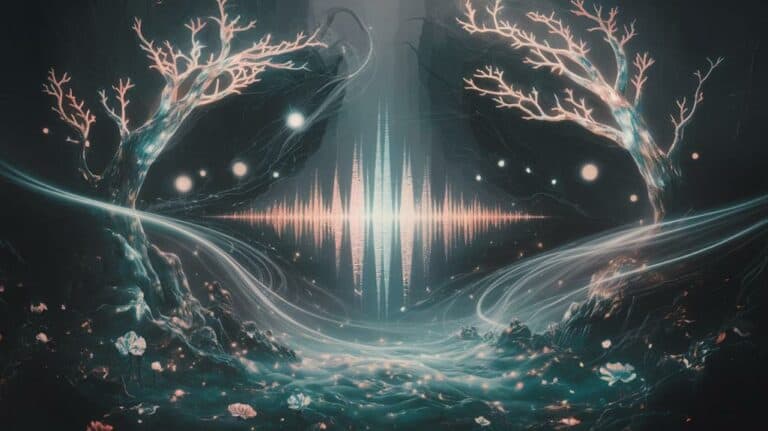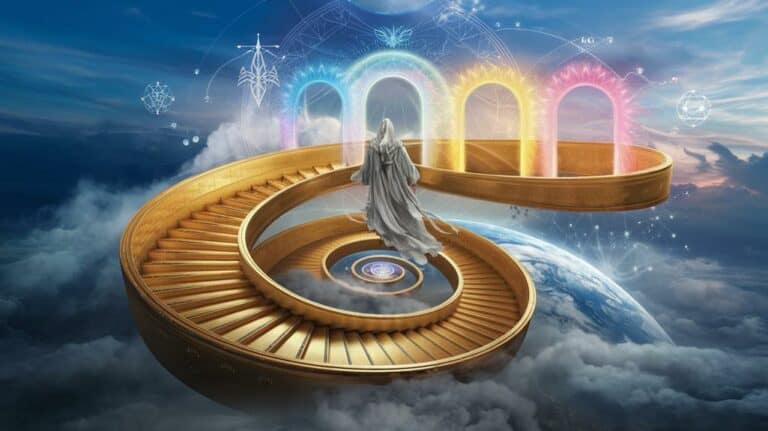Mysticism and Modern Science: Potential Intersections and Conflicts
You’ve likely encountered both mystical teachings and scientific facts throughout your life, perhaps wondering how these seemingly opposite worldviews could ever align. While scientists measure quantum particles in laboratories, mystics describe similar phenomena through meditation and altered states of consciousness. It’s a fascinating paradox: as science advances, it sometimes validates ancient spiritual insights, yet simultaneously challenges traditional mystical beliefs. You’ll discover that these two paths to understanding reality aren’t necessarily at odds—instead, they’re like two different languages describing the same profound mysteries of existence.
Quantum Physics Meets Eastern Philosophy
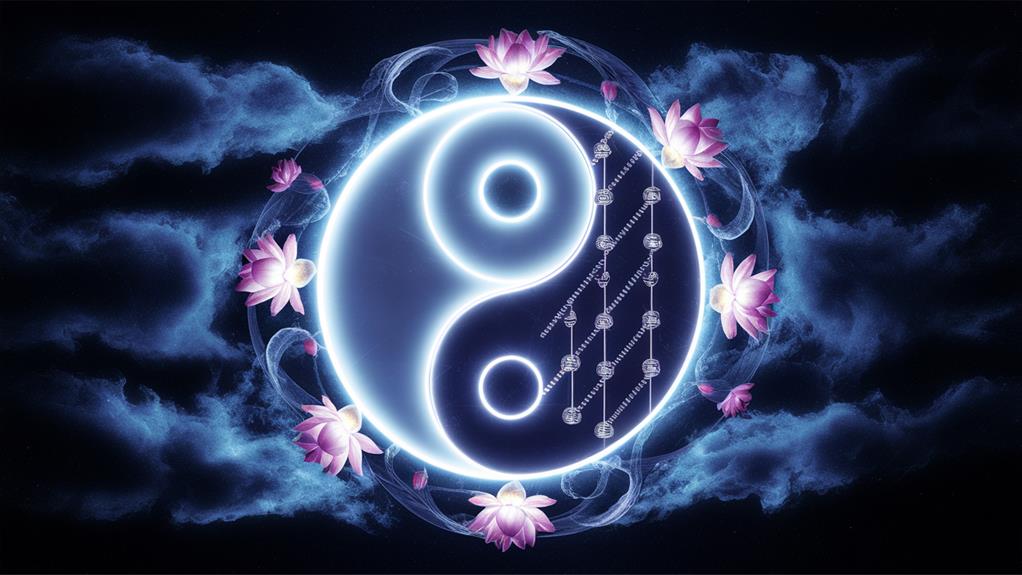
The puzzling parallels between quantum mechanics and Eastern mysticism have intrigued scientists and philosophers since the early 20th century.
When you investigate quantum physics’ core principles – entanglement, superposition, and observer effects – you’ll find striking similarities to ancient Eastern concepts of interconnectedness and consciousness-reality relationships.
You’re witnessing a remarkable convergence where Western science’s cutting edge meets age-old Eastern wisdom.
Consider how Buddhist teachings about the illusion of separate existence align with quantum entanglement’s demonstration that particles remain mysteriously connected across vast distances.
You’ll discover that Vedantic concepts of maya (the veil of illusion) mirror quantum mechanics’ revelation that solid matter is mostly empty space, and reality isn’t what it seems at the surface level.
When you examine these intersections, you’re not just connecting dots between disparate traditions – you’re uncovering fundamental truths about consciousness and reality that transcend cultural boundaries.
The wave-particle duality in quantum physics reflects the ancient Taoist understanding of complementary opposites, suggesting that perhaps your ancestors understood more about reality’s nature than you’d initially assumed.
The Measurable Effects of Meditation
Moving from theoretical physics to practical applications, modern scientific research has validated many ancient claims about meditation’s power to transform the brain and body.
You’ll find that neuroscientists have documented increased gray matter density in regions associated with self-awareness, emotional regulation, and cognitive flexibility among long-term practitioners. Through advanced imaging techniques, they’ve observed how regular meditation practice can literally reshape your neural pathways.
When you commit to consistent meditation practice, you’re not just engaging in an abstract spiritual exercise – you’re initiating measurable physiological changes. Your blood pressure may decrease, stress hormones often decline, and your immune system can become more robust.
Research has shown that meditation practitioners display enhanced attention spans, improved emotional resilience, and decreased anxiety levels compared to non-meditators. The most fascinating findings reveal that even brief daily meditation sessions can trigger genetic changes, affecting how your cells respond to stress and inflammation.
These scientific discoveries don’t diminish meditation’s spiritual significance; rather, they’re building bridges between ancient wisdom and contemporary understanding, offering you empirical validation for what mystics have known for millennia.
Consciousness Through Different Lenses
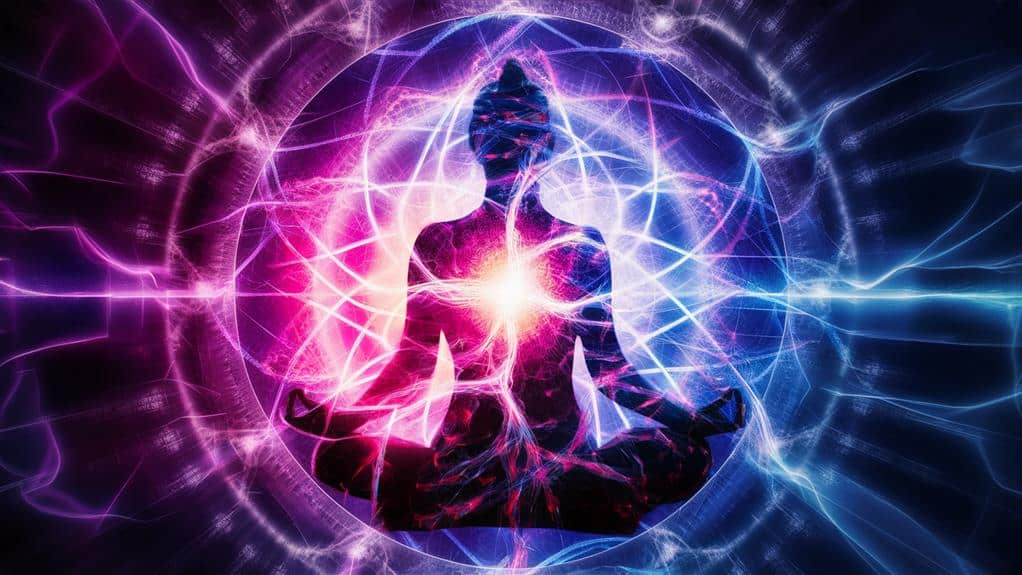
Consciousness remains one of science’s most perplexing mysteries, sparking intense debates between materialist and mystical worldviews. When you explore consciousness through scientific instruments, you’ll find measurable brain waves, neural correlates, and biochemical processes.
Yet these physical markers don’t fully capture your subjective experience – the vibrant colors you see, the emotions you feel, or the thoughts that dance through your mind.
You’re encountering two distinct approaches to understanding consciousness. The materialist lens sees your awareness as an emergent property of brain function, while mystical traditions view it as fundamental to reality itself.
You’ll discover that neuroscience can map the neural networks that light up when you’re conscious, but it can’t explain why you experience anything at all – the “hard problem” that philosophers have grappled with for centuries.
Through meditation and contemplative practices, you’re accessing states of consciousness that challenge purely mechanistic explanations.
The intersection between these perspectives isn’t necessarily a contradiction – it’s an invitation to explore how your lived experience might bridge the measurable and the ineffable, the physical and the transcendent.
Ancient Wisdom Versus Scientific Method
Wisdom’s ancient roots and modern scientific inquiry often appear to be in conflict, yet they both seek to reveal reality’s deepest mysteries. You’ll find that ancient mystics and modern researchers share a fundamental drive to understand the universe, though their methods diverge dramatically.
While mystics embrace direct experience, intuition, and contemplative practices, scientists rely on empirical observation, controlled experiments, and peer review.
You’re witnessing an era where these approaches don’t need to remain at odds. When you examine quantum physics’ paradoxes or consciousness studies’ frontiers, you’ll notice how scientific findings sometimes echo ancient spiritual insights.
The meditation practices your ancestors developed are now being validated through neuroscience, while the interconnectedness that mystics have long proclaimed finds surprising parallels in quantum entanglement theories.
Yet you can’t simply equate these different ways of knowing – each offers unique insights through distinct lenses. Rather than choosing between them, you’re invited to recognize how both paths might illuminate different aspects of reality.
The scientific method’s rigor can complement wisdom traditions’ depth, creating a richer understanding of existence’s fundamental nature.
Bridging Historical and Modern Perspectives
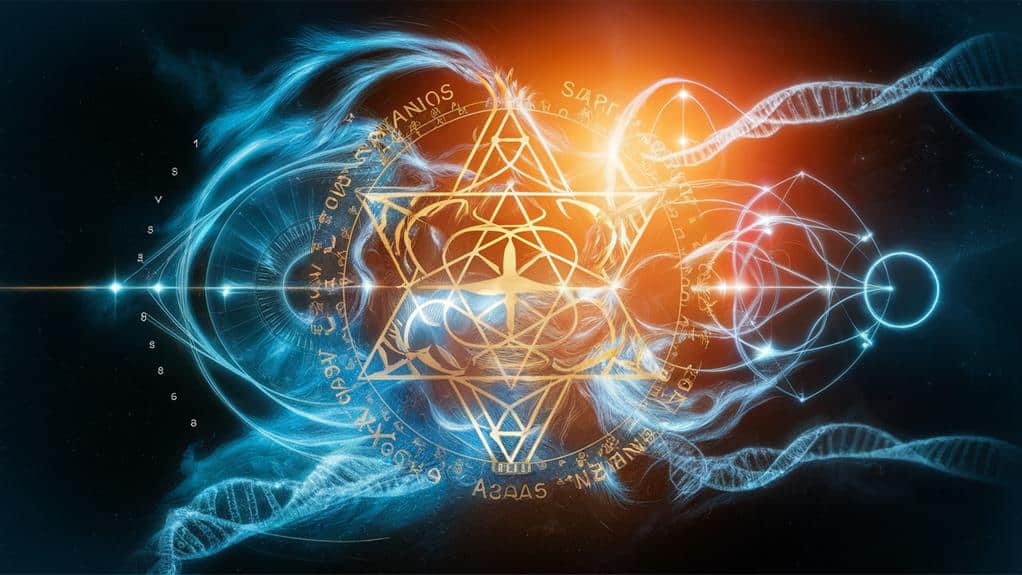
Scientists and sages throughout history have built incremental bridges between seemingly opposing worldviews. You’ll find that their determined efforts to reconcile ancient wisdom with contemporary discoveries have created fascinating intersections where mystical insights and scientific observations complement each other.
As you explore these convergence points, you’ll notice how quantum physics‘ revelations about consciousness and observation echo age-old contemplative traditions.
When you examine the historical trajectory of both mysticism and science, you’ll discover they’re not as disconnected as they might appear. You’re witnessing a remarkable era where neuroscience can map meditation’s effects on the brain, while physicists grapple with concepts that ancient mystics intuited millennia ago.
The boundaries between objective measurement and subjective experience continue to blur, revealing deeper truths about reality’s nature.
You’re living at a time when these perspectives aren’t just coexisting—they’re actively informing each other. Modern researchers are finding value in traditional practices, while contemporary technology validates ancient insights.
This synthesis isn’t just bridging historical divides; it’s creating new pathways for understanding consciousness, reality, and humanity’s place in the cosmos.



